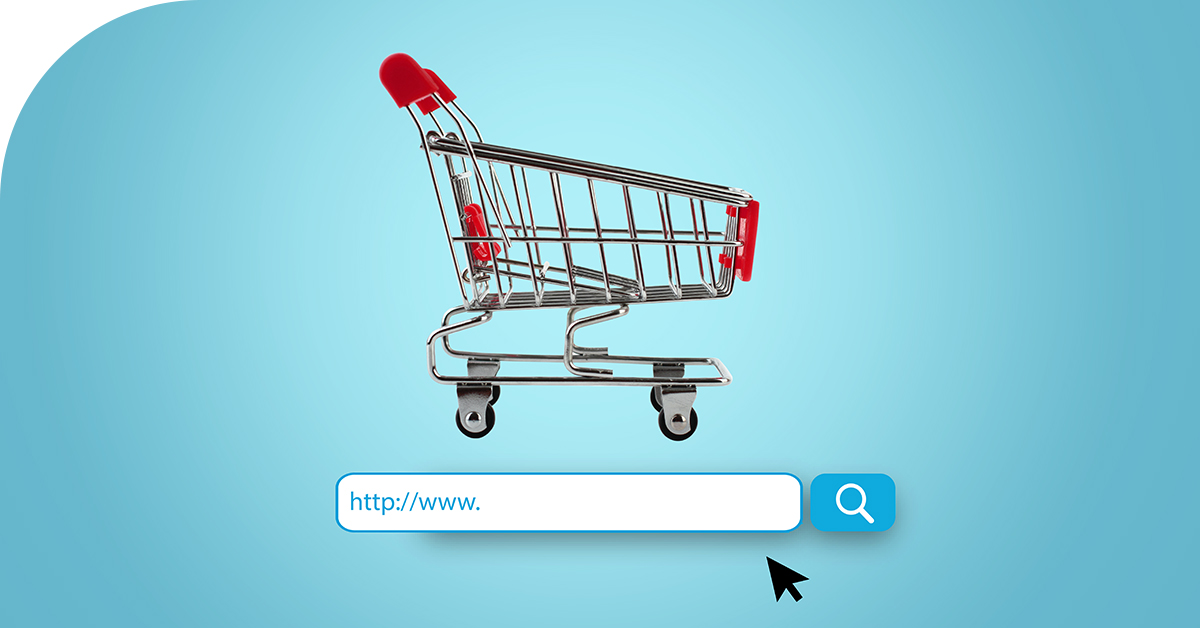Paid search advertising is a highly effective lower-funnel channel that reaches potential customers when they are close to conversion. But this limited role really sells this versatile media short. Research by Google and Microsoft Advertising – the two largest paid search platforms – found that paid search ads can also raise brand awareness by as much as 80%. Additional studies show that just five percent of a brand’s audience is “in market” at any given time.
When you restrict your paid search campaigns to the lower funnel, you are missing the vast majority of your potential customers. Think about it…. every click is part of the purchase journey. So doesn’t it make more sense to use paid search at all three stages of the marketing funnel? We think so, and we’re going to tell you why.
The benefits of a full funnel approach
A full-funnel strategy connects the marketing funnel from top to bottom by aligning resources, goals and measurement. When paid search is included at all three funnel stages, the brand is present whenever the target audience is searching regardless of how close to conversion they are. Therefore, the best way to grow the business impact of your paid search programs is to invest in upper and mid-funnel tactics that drive more prospects into the funnel.
This approach expands your paid search KPIs beyond cost-per-conversion or conversion volume to optimize for awareness and consideration metrics, such as share of impressions and click through rates. It tracks metrics through the entire marketing funnel to assess campaign performance, from reach all the way down to revenue. Let’s look more specifically at how paid search can be used at each stage of the funnel.
Top of funnel
There are several ways to use paid search at the top of the funnel (a.k.a., the awareness stage). Non-branded paid search is an awareness tactic that targets informational queries to engage searchers who are just starting to look for a solution to their needs. The objective is to capture relevant searches that do not include the brand name. These searchers are showing a potential intent to purchase, but don’t know you – yet. The goal then is to create awareness of the brand or the brand’s products or services.
Try running separate paid search campaigns for non-branded keywords, and bid on competitor names as well as industry-level keywords. Ad copy should be friendly and educational to pique your audience’s interest in the brand. Calls to action (CTAs) could include invites to “learn more” or “browse now” rather than “buy today.” Remember that a top-of-funnel campaign is designed to generate interest, not necessarily conversions. You’ll want to measure awareness metrics like impression or impression share.
Mid funnel
In the middle of the funnel, your objective is to encourage the searcher’s consideration of the brand after clicking on a paid search ad. If remarketing tags are in place, the searcher can then be retargeted across all paid channels, pushing them further into the funnel toward conversion. You can build on category-level or comparison keyword phrases, i.e., “best product for X” or “top companies that Y” at this stage. KPIs for these types of paid search campaigns focus on engagement, such as click through rate or time on site/page. Remember, you are not judging a mid-funnel paid search campaign on conversions, leads or revenue.
Bottom of the funnel
At the bottom of the funnel, your paid search efforts should focus on branded search keywords to identify searchers who already know and like your brand. Their search terms will most likely include the brand’s name. You can also bid on product-level keywords, as well as lead gen-focused keywords that are transactional and product-driven. In most cases, branded search keywords face less competition than non-branded search terms and can yield less expensive clicks. Here’s where you’ll finally track conversion-focused metrics such as revenue or average order size.
A few last thoughts
A full-funnel paid search strategy can work to both build brand and drive conversions. The key is to know how to use it effectively, including aligning content, keyword bids, budget and measurement that work best for each funnel stage. In general, you’ll want to follow the 60/40 rule: allocate 60% of your budget across the top and mid funnel and the remaining 40% to the bottom of the funnel. And lastly, give the strategy time to show results. Building brand awareness can take longer than a highly promotional conversion campaign. When it comes to full-funnel paid search, you want to be in it for the long-term.







